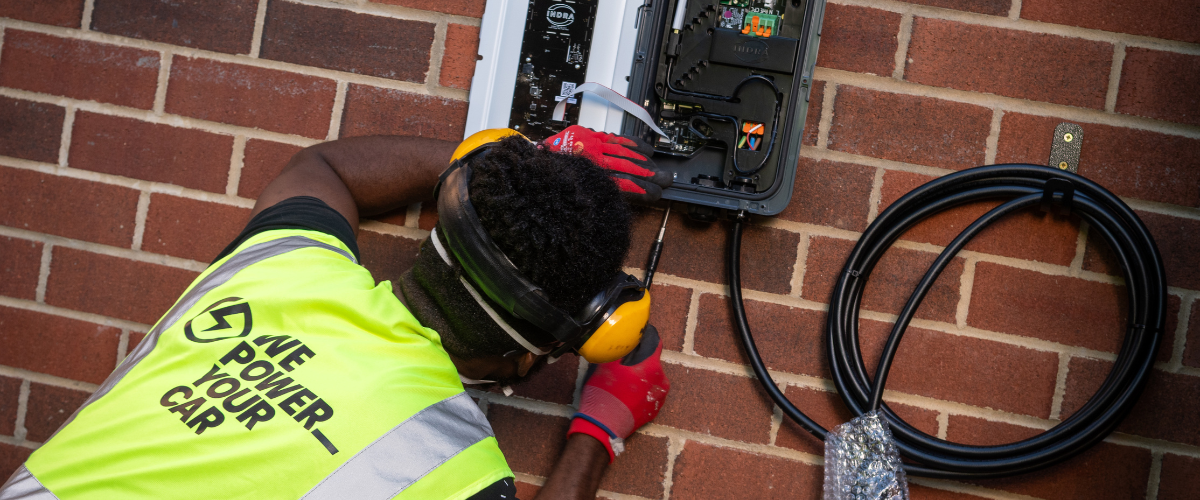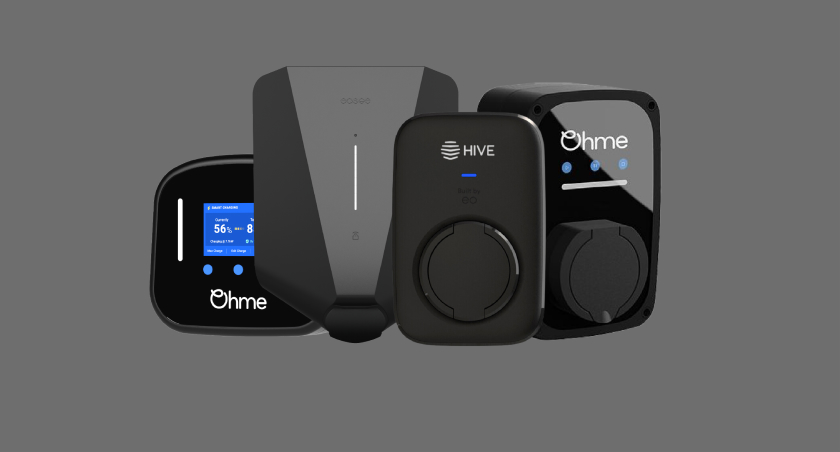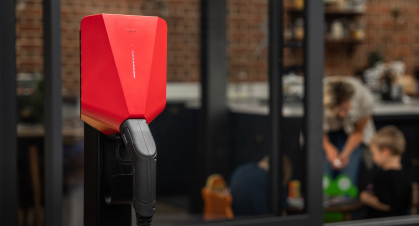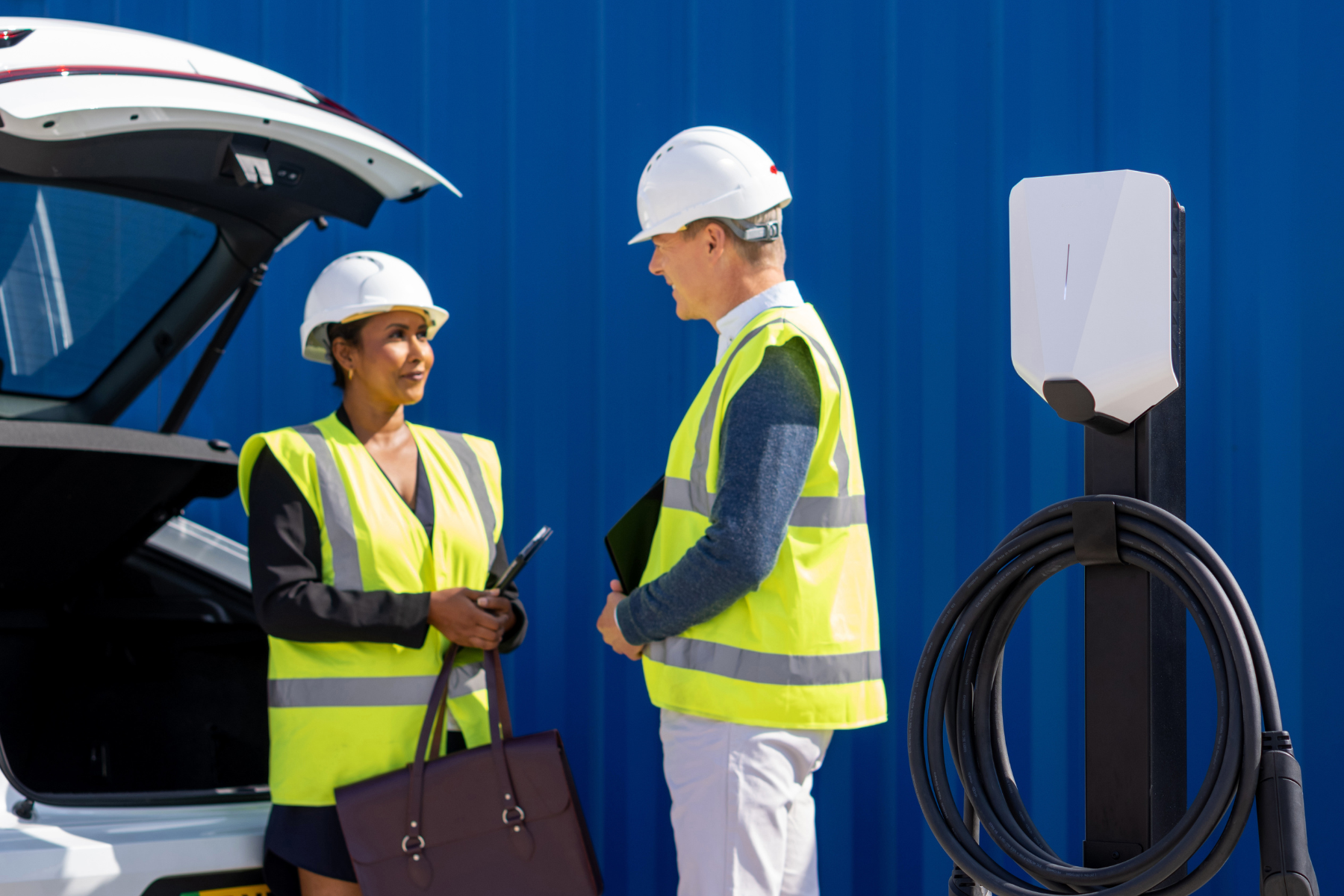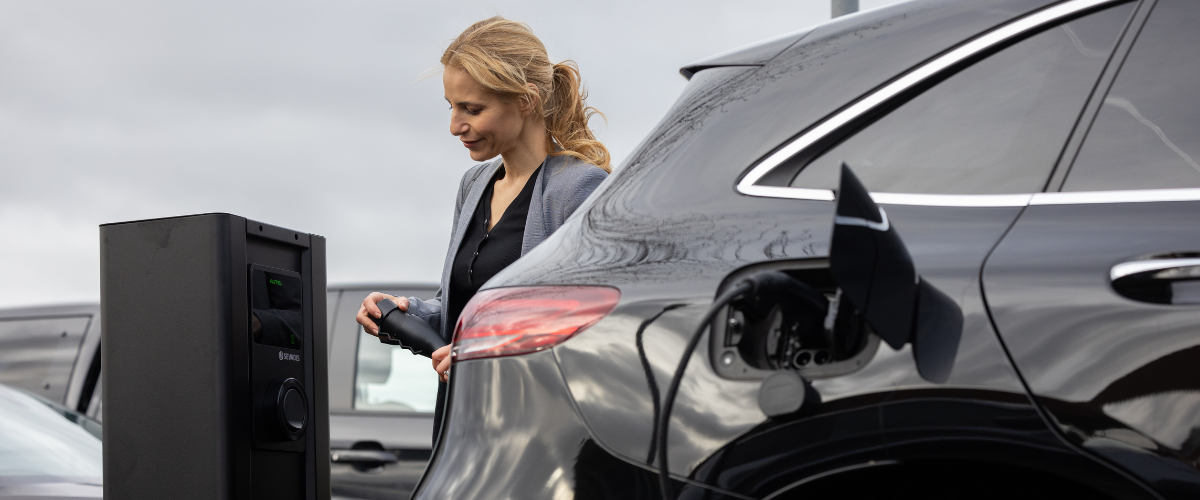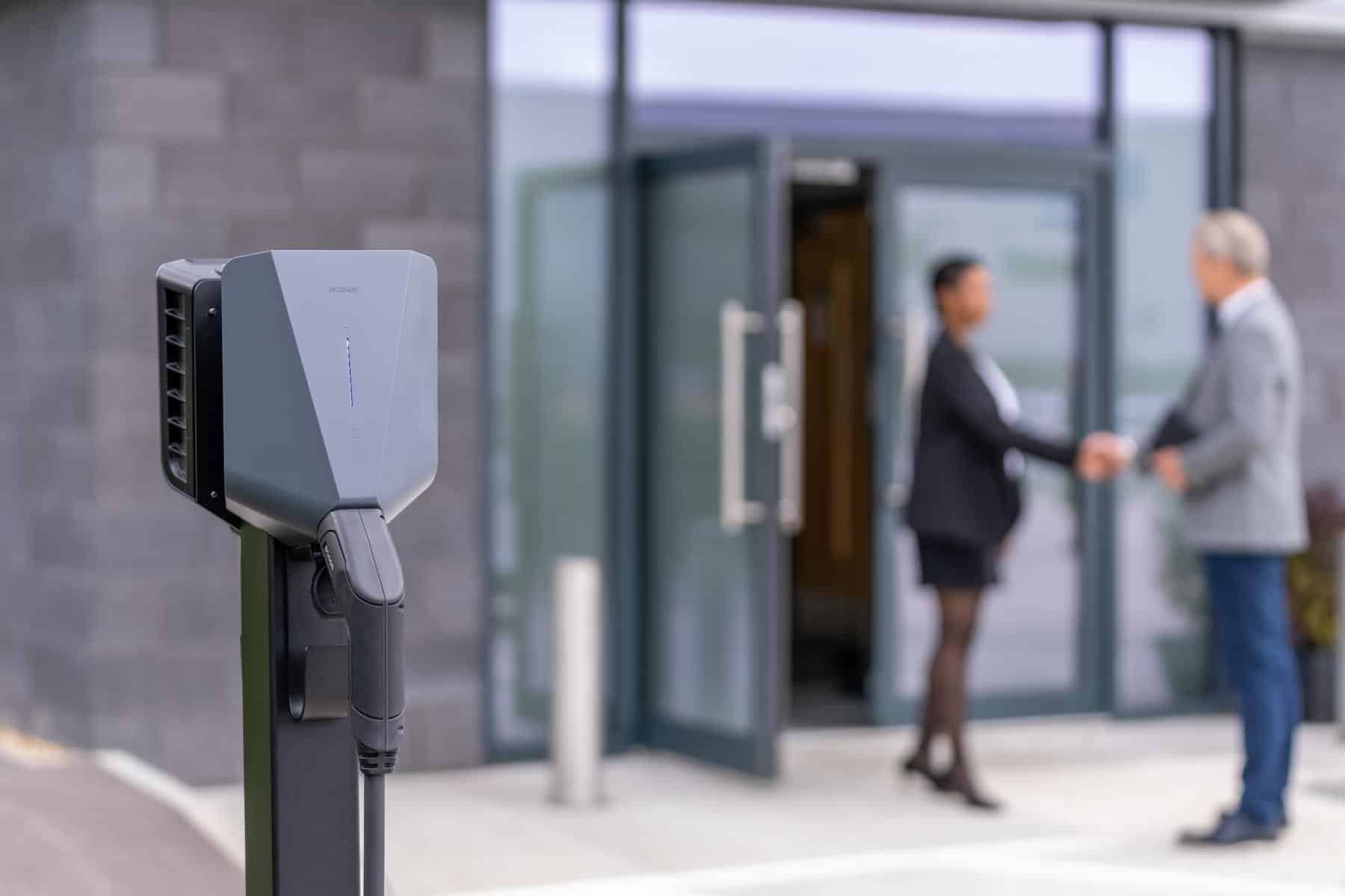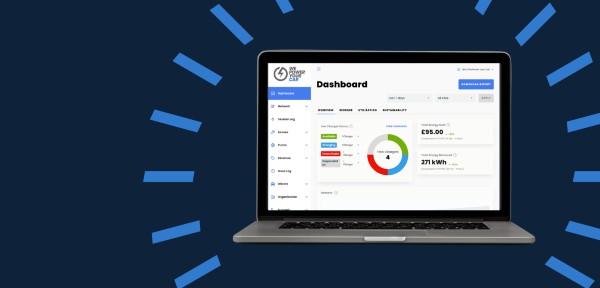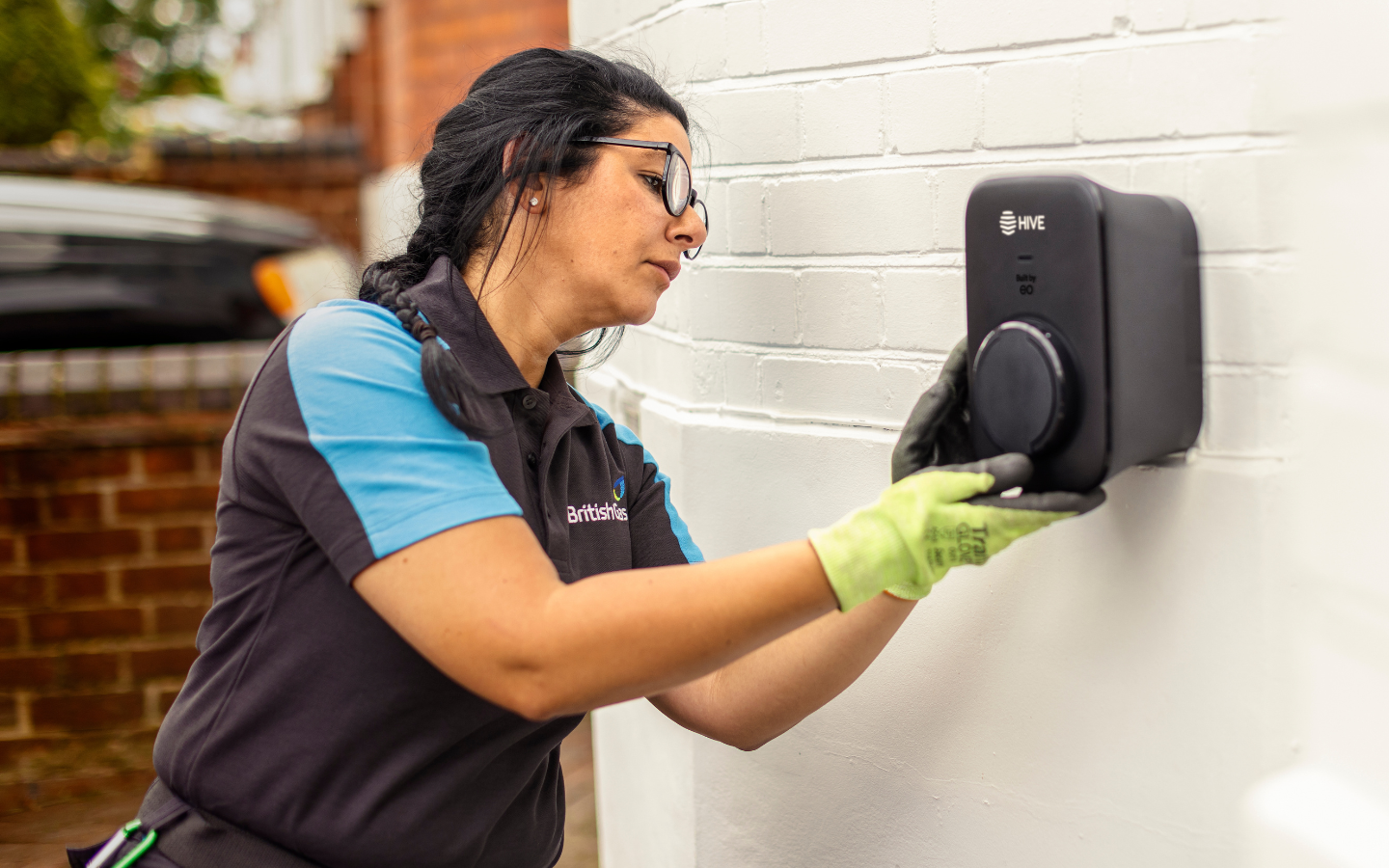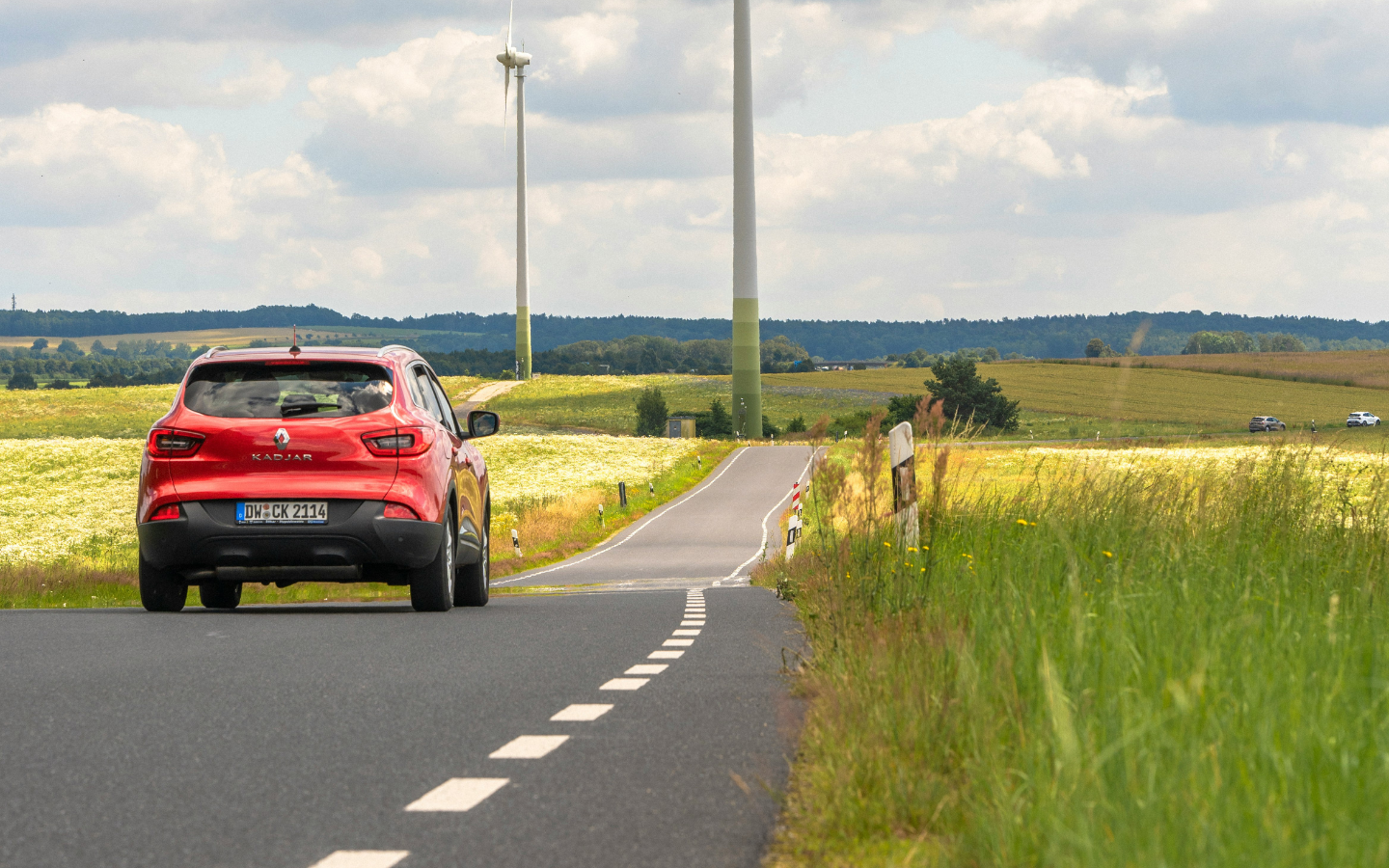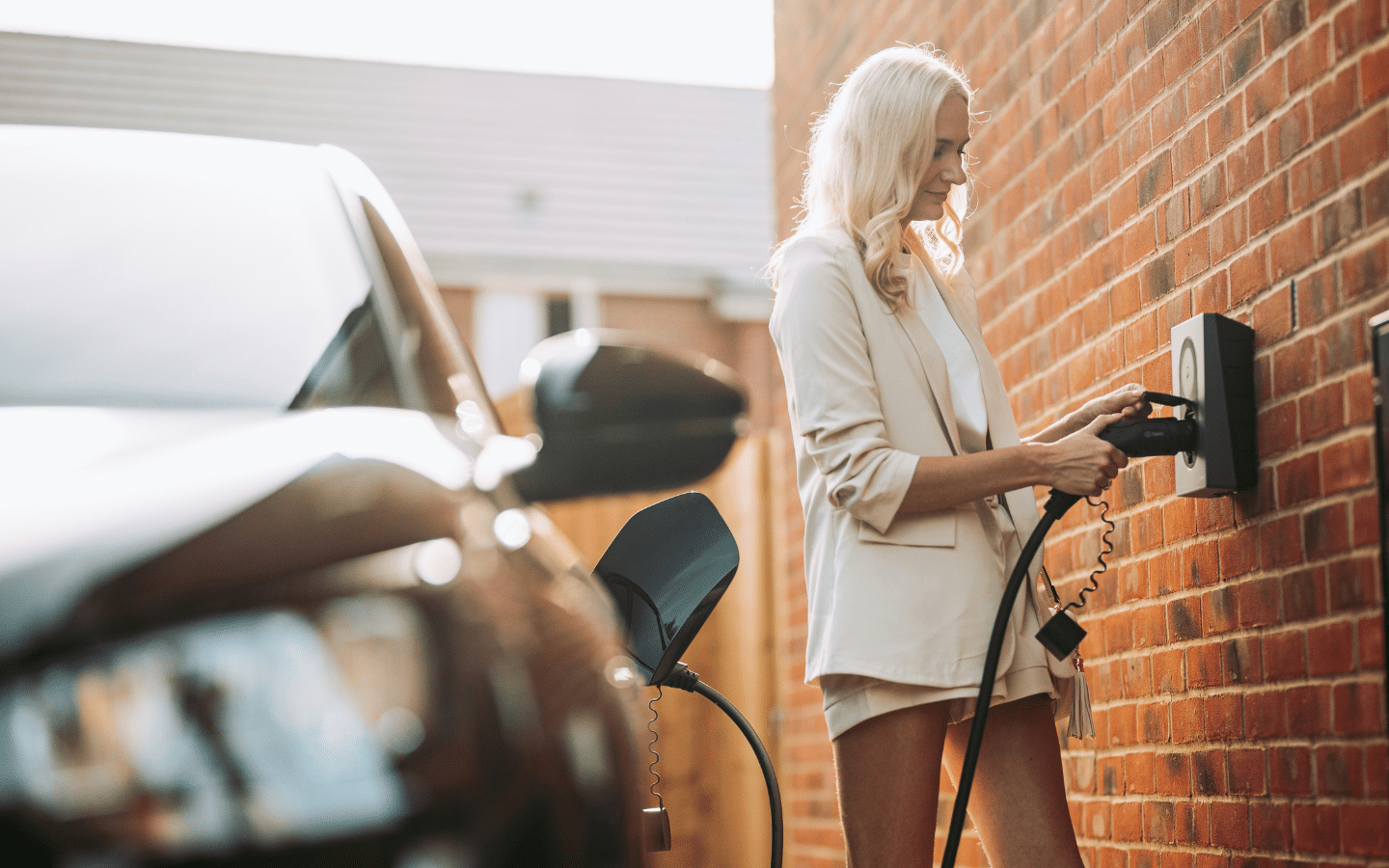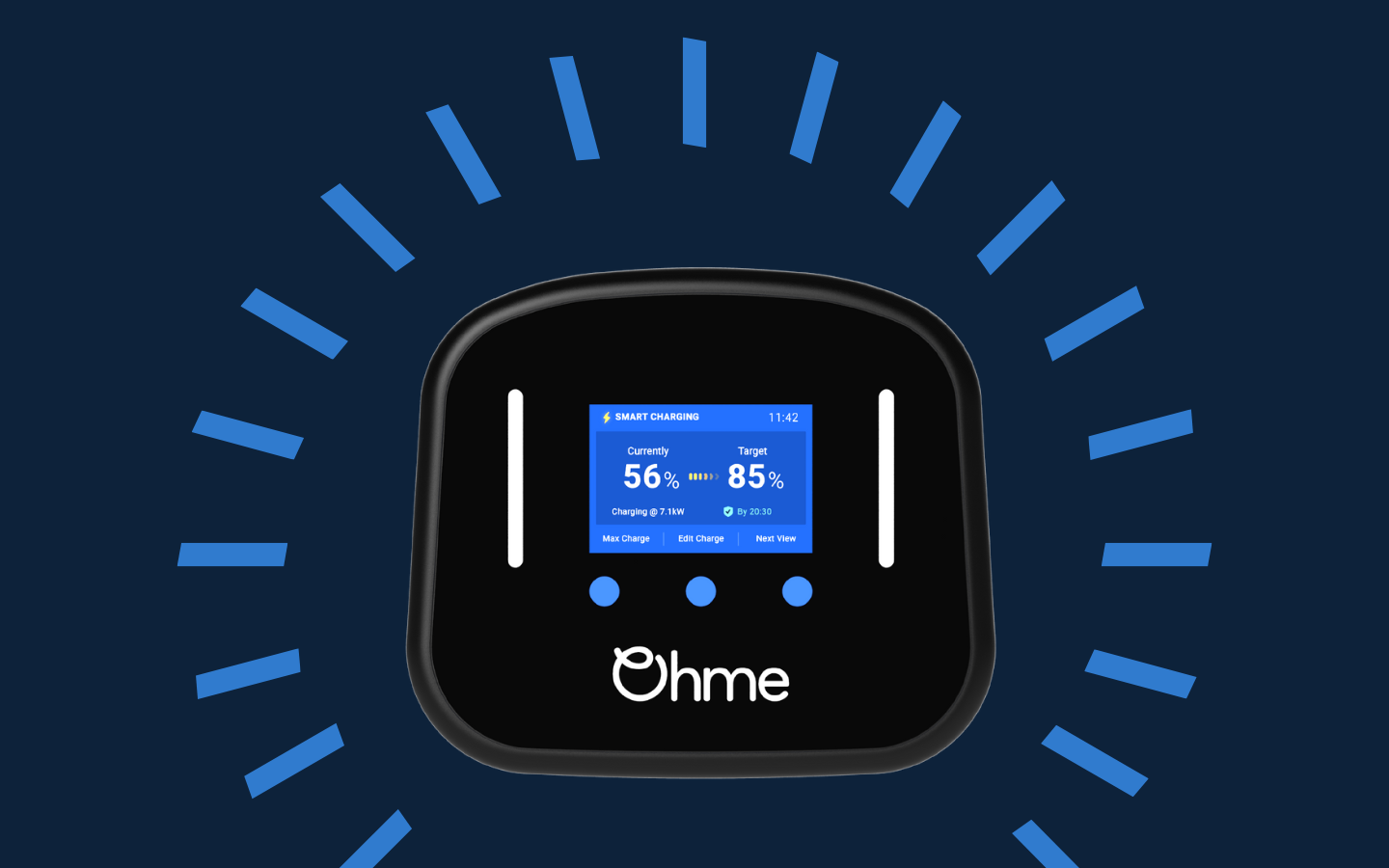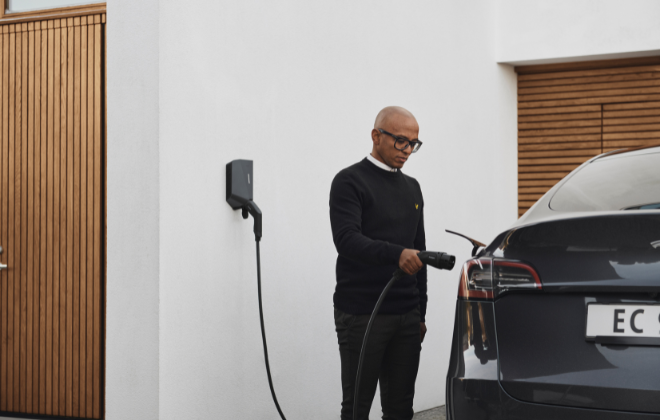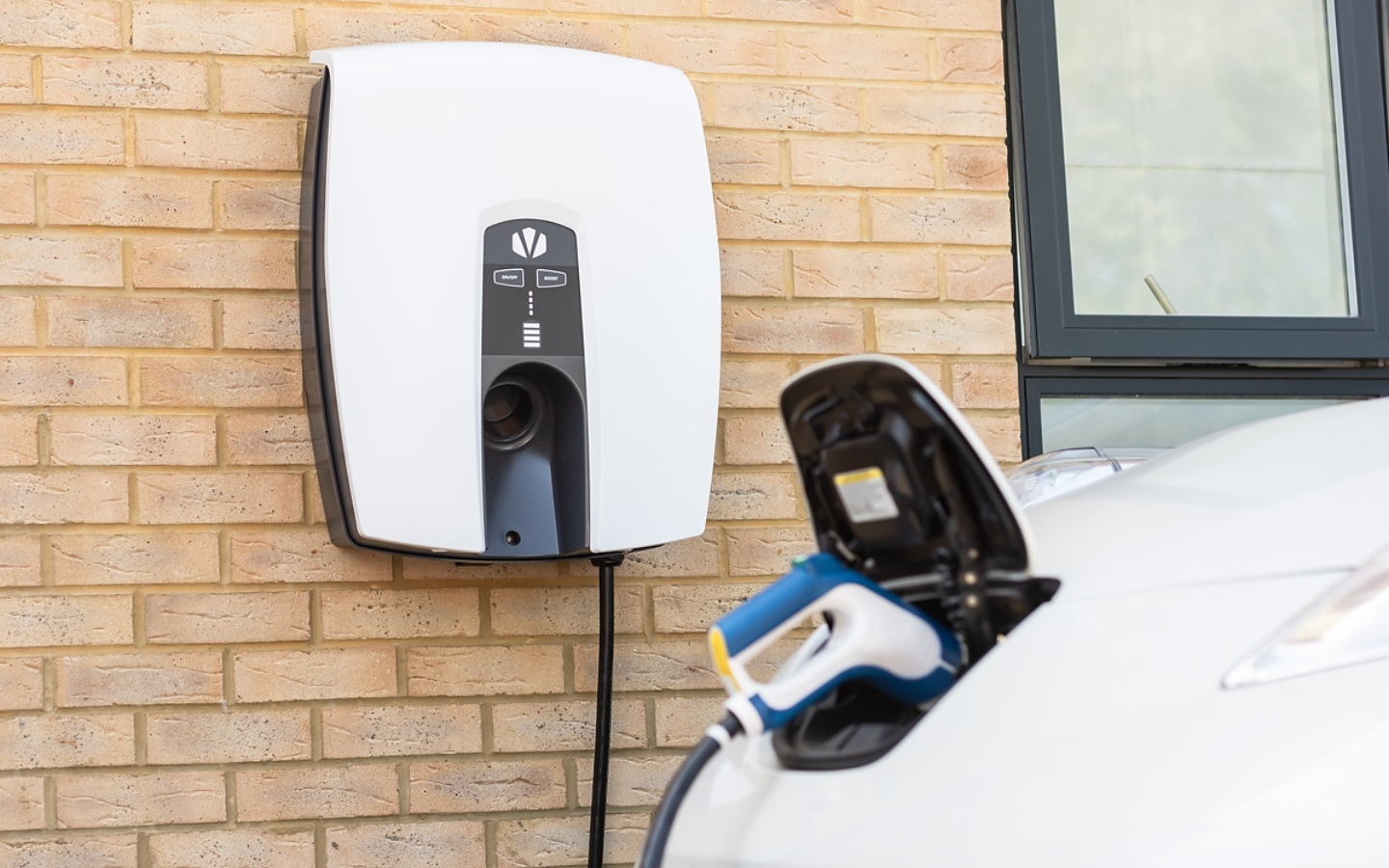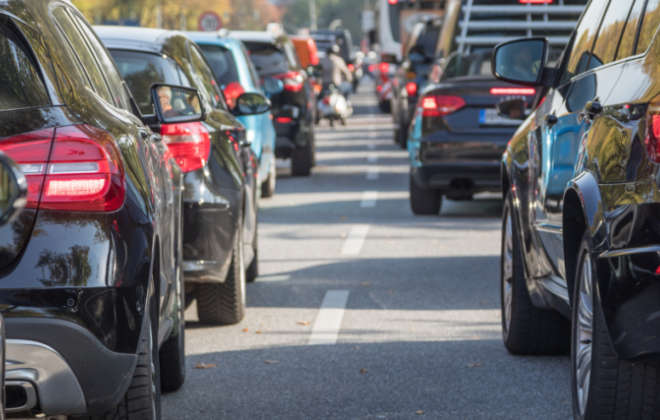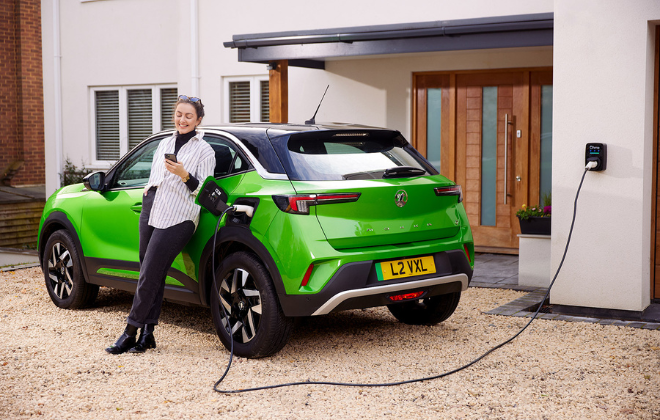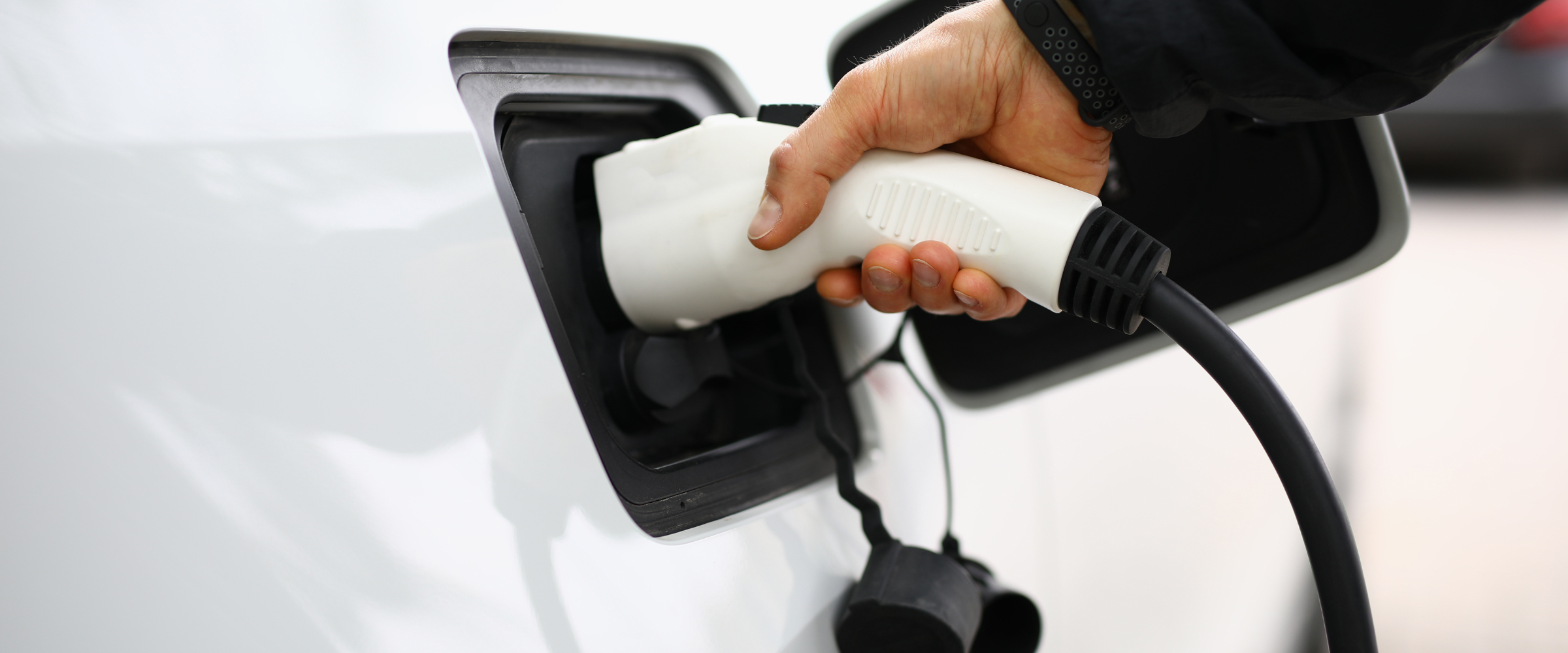

Public Electric Vehicle Charging Etiquette
Public electric vehicle charging is a daunting task for any new EV owner. Fact. But fear not. To help give you the best possible experience, we are going to take you through the seven unspoken rules of public electric vehicle charging.
1. Charging spaces are for charging, not parking
Now, this may sound simple enough, but it is not unheard of for electric vehicle drivers to park in charging spaces when they have no intention of charging. But you should only park in the charging bay if you intend to charge – it doesn’t matter how good the spot looks; it’s unfair to the EV drivers who need to top up.
2. Once your EV has finished charging, drive on
Again, this may seem obvious and similar to the first rule. However, once you are sufficiently charged, you should either leave or, if you intend to stay longer, park in a suitable parking bay. Whilst the number of charge points is snowballing (over 79,654 chargers across the UK), some areas lack charging infrastructure, making every charger valuable.
Someone could be in desperate need of a charging point while you are busy hogging the bay – either dawdling or sneakily running off to run errands despite your charging session having finished. So please be considerate and leave when you can. Some public charging networks will notify you once your EV is charged, too, meaning there’s no excuse for you to linger.
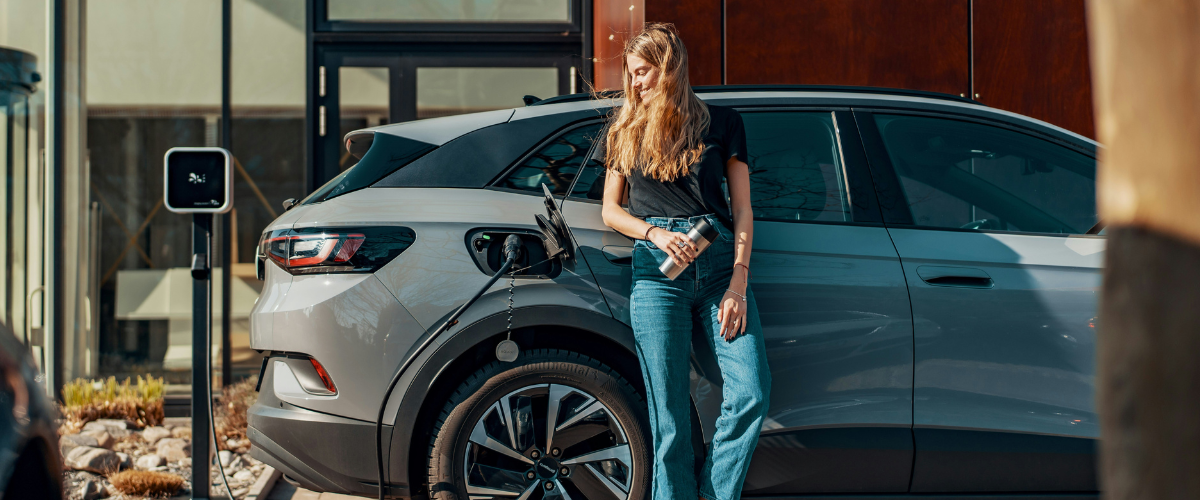
3. If you get ICE’d, keep your cool
Getting ICE’d (or sometimes called ICEing) is when an internal combustion engine (ICE) parks in an electric vehicle charging bay, blocking you from entering the space and ultimately stopping you from charging.
While this can be frustrating – especially if you have sought out a specific electric vehicle charger that you favour or are in need of a top-up – the rule here is not to leave any nasty messages or get into arguments. If you are unlucky enough to be ICE’d, you should use Zap-Map to find your nearest electric vehicle charger. If you feel the need to say something, leave a note on the windscreen informing the driver of their error so they can learn for next time.
4. Don’t always charge to 100%
Just because you can fully charge doesn’t mean you always should, and the reasons are two-fold. Firstly, as you wait for your electric vehicle to reach 100%, you could be holding up other EV drivers in desperate need of some juice. This is especially the case with rapid charging, as the charging speed tends to slow once you reach the 80% threshold, meaning you (and others) will be waiting a while for your battery to reach 100%.
Secondly, not only could you cause a queue, but industry experts state that you should keep your charge between 20%-80% anyway, as this puts the least amount of strain on your battery. Lithium batteries degrade faster when at 100% charge, meaning you could be causing damage to the longevity of your electric vehicle if repeatedly fully charging.
Our advice is to only charge to 100% if you plan on taking a long cross-country trip; otherwise, you should stick to keeping your charge between 20%-80% both for the health of your EV and for the sanity of your fellow drivers.
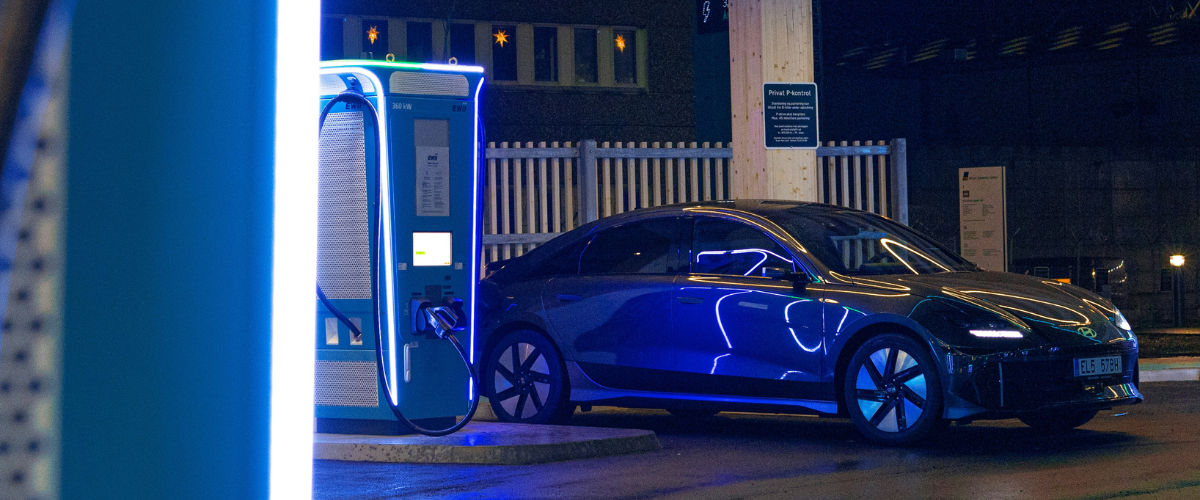
5. Only use fast/rapid chargers if your EV can benefit from the charging rate
Did you know that even if you charge your electric vehicle at a 22kW rapid charging point, it does not mean your car will charge at that rate? It all depends on the type of onboard charger your electric vehicle has. For example, a Volkswagen e-Golf has a maximum AC charging capacity of 7.2k, meaning if you attempted to charge at a 22kW AC charging point, it would not charge any quicker than 7kW.
Most electric vehicles have a maximum charging rate of somewhere around 7kW AC, which is why most dedicated home charging points and public fast chargers are 7kW. There are exceptions, such as the Tesla Model 3, which has a maximum charging capacity of 11kW. In fact, that is why there are specifically designed 11kW Tesla public charging points.
The main EV charging etiquette rule is here if your EV can’t accept a higher charging rate, please stick to destination chargers (unless it’s an emergency and there are no other fast chargers available), as you are stopping others from taking advantage of the faster charging speeds.
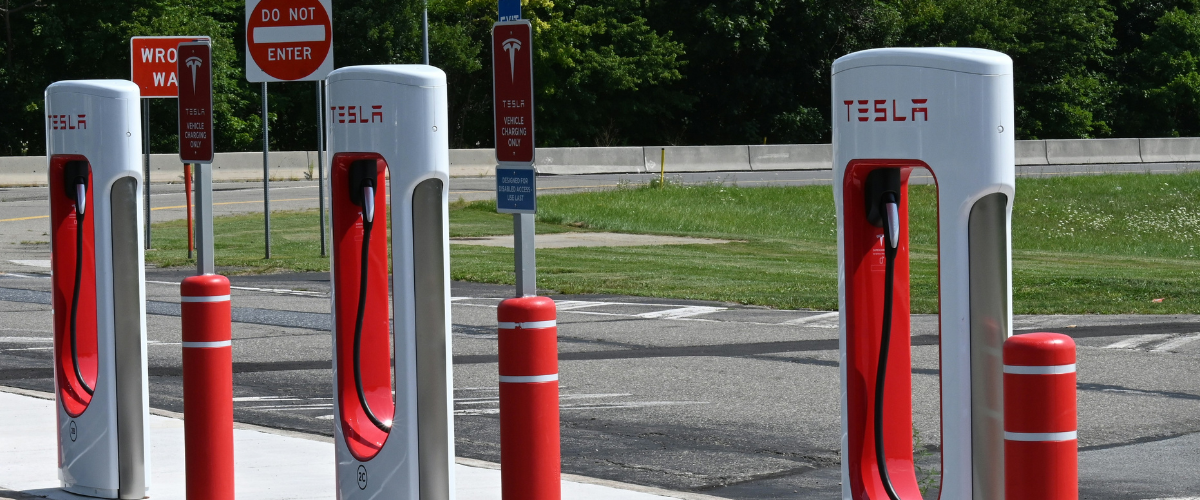
6. Leave the charging point how you would want to find it
Nobody wants to turn up to use an electric vehicle charger and it be a mess – or worse, broken. So, to ensure a smooth operation for everybody, please take care when using public charging points. This is especially the case for the cables as they are more susceptible to damage, and if they are left on the ground, they risk breakage if run over. Rogue cables are also a tripping hazard.
7. Don’t unplug someone else’s electric vehicle
This is not a pressing issue, given that nine times out of ten, you can’t remove a charging cable from someone’s EV mid-charge as the cable locks into place. However, if your car has a Type 1 connector, you won’t have the locking element, and you may be vulnerable to people pulling the plug. Moreover, it depends on the public charging point manufacturer as to whether the cable will lock.
With this in mind, don’t attempt to unplug someone’s electric vehicle – even if you are desperate.

Summary:
Our seven electric vehicle charging etiquette rules:
- Do not park in EV charging spaces
- Once you’ve finished charging your EV, drive on
- If you get ICE’d, keep your cool
- Don’t always charge your EV to 100
- Only use fast/rapid chargers if your EV can benefit from the charging rate
- Leave the charging point how you would want to find it
- Don’t unplug someone else’s electric vehicle
Want to charge cheaper and more conveniently?
Invest in a dedicated home electric car charger. If you are looking to get an EV charger installed at your home, click below to get your free quote, or contact us for more information or any queries you may have.
For more information and our latest updates, follow us on Facebook, Instagram, Twitter, LinkedIn and YouTube.
Related articles
Stay up to date on the latest from We Power Your Car_
I consent to receive newsletters from We Power Your Car. Please see our Privacy Policy
